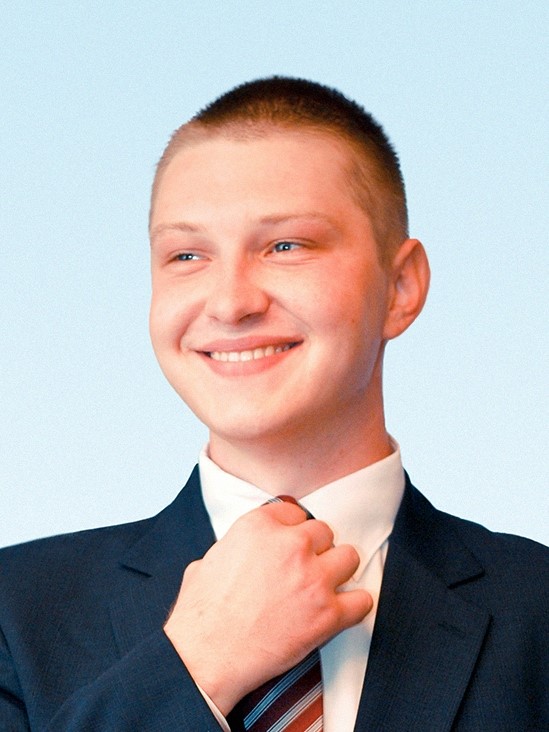Підвищення ефективності функціонування виробників енергії з відновлюваних джерел у сучасних умовах ринку електричної енергії України
За матеріалами наукового повідомлення на засіданні Президії НАН України 30 жовтня 2024 р.
DOI:
https://doi.org/10.15407/visn2024.12.081Ключові слова:
ринок електроенергії, відновлювані джерела енергії, балансуючі групи, штучні нейронні мережі.Анотація
У доповіді обговорено виклики, які постали під час війни перед виробниками енергії з відновлюваних джерел унаслідок руйнування інфраструктури. Розглянуто проблеми централізованої енергосистеми і наголошено на необхідності її децентралізації з впровадженням малих і середніх електростанцій, мікромереж та систем накопичення енергії. Значну увагу приділено участі в балансуючих групах, що допомагає зменшити витрати, пов’язані з небалансами. Проаналізовано ризики та переваги виходу виробників із групи ДП «Гарантований покупець». Запропоновано методику зниження витрат, яка ґрунтується на застосуванні коригуючих коефіцієнтів прогнозних графіків та штучних нейронних мереж для збільшення точності прогнозів генерації. Отримані результати дають змогу підвищити економічну ефективність виробників електроенергії з відновлюваних джерел, що є важливим для розбудови енергосистеми на принципах децентралізації.
Посилання
Kyrylenko O.V., Pavlovsky V.V., Blinov I.V. Scientific and technical support for organizing the work of the IPS of Ukraine in synchronous mode with the European continental energy system ENTSO-E. Tekhnichna Elektrodynamika. 2022. (5): 59—66. https://doi.org/10.15407/techned2022.05.059
Blinov I.V., Parus Ye.V., Ivanov H.A. Imitation modeling of the balancing electricity market functioning taking into account system constraints on the parameters of the IPS of Ukraine mode. Tekhnichna Elektrodynamika. 2017. (6): 72—79. https://doi.org/10.15407/techned2017.06.072
Blinov I., Miroshnyk V., Sychova V. Comparison of models for short-term forecasting of electricity imbalances. In: 2022 IEEE 8th International Conference on Energy Smart Systems (ESS). Kyiv, Ukraine, 2022. P. 1—4. https://doi.org/10.1109/ESS57819.2022.9969288
Pablo-Romero M.P., Sánchez-Braza A., Salvador-Ponce J., Sánchez-Labrador N. An overview of feed-in tariffs, premiums and tenders to promote electricity from biogas in the EU-28. Renewable and Sustainable Energy Reviews. 2017. 73: 1366—1379. https://doi.org/10.1016/j.rser.2017.01.132
Kitzing L. Risk implications of renewable support instruments: Comparative analysis of feed-in tariffs and premiums using a mean–variance approach. Energy. 2014. 64: 495—505. https://doi.org/10.1016/j.energy.2013.10.008
Blinov I.V., Miroshnyk V.O., Loskutov S.S. Reducing the cost of imbalances of the balancing group of producers from renewable energy sources. Tekhnichna Elektrodynamika. 2023. (1): 62—76. https://doi.org/10.15407/techned2023.01.062
Lezhniuk P., Kravchuk S., Netrebskiy V., Komar V., Lesko V. Forecasting Hourly Photovoltaic Generation on Day Ahead. In: 2019 IEEE 6th Int. Conf. on Energy Smart Syst. (Apr. 17—19, 2019, Kyiv, Ukraine). P. 184—187. https://doi.org/10.1109/ESS.2019.8764245
Shymaniuk P., Sychova V., Miroshnyk V. Short Term Renewable Energy Forecasting with Deep Learning Neural Networks. In: Kyrylenko O., Zharkin A., Butkevych O., Blinov I., Zaitsev I., Zaporozhets A. (eds) Power Systems Research and Operation. Studies in Systems, Decision and Control. Vol. 388. Springer, Cham, 2022. https://doi.org/10.1007/978-3-030-82926-1_6
Blinov I.V., Miroshnyk V.O., Shymaniuk P.V. Short-term interval forecast of total electricity generation by renewable energy sources producers. Proceedings of the Institute of Electrodynamics of the National Academy of Sciences of Ukraine. 2019. 54: 5—12. https://doi.org/10.15407/publishing2019.54.005
Miroshnyk V.O., Loskutov S.S. Increasing the accuracy of short-term forecasts of PVSPP generation based on artificial neural networks and taking additional factors into account. Tekhnichna Elektrodynamika. 2024. (1): 61—68. https://doi.org/10.15407/techned2024.01.061


